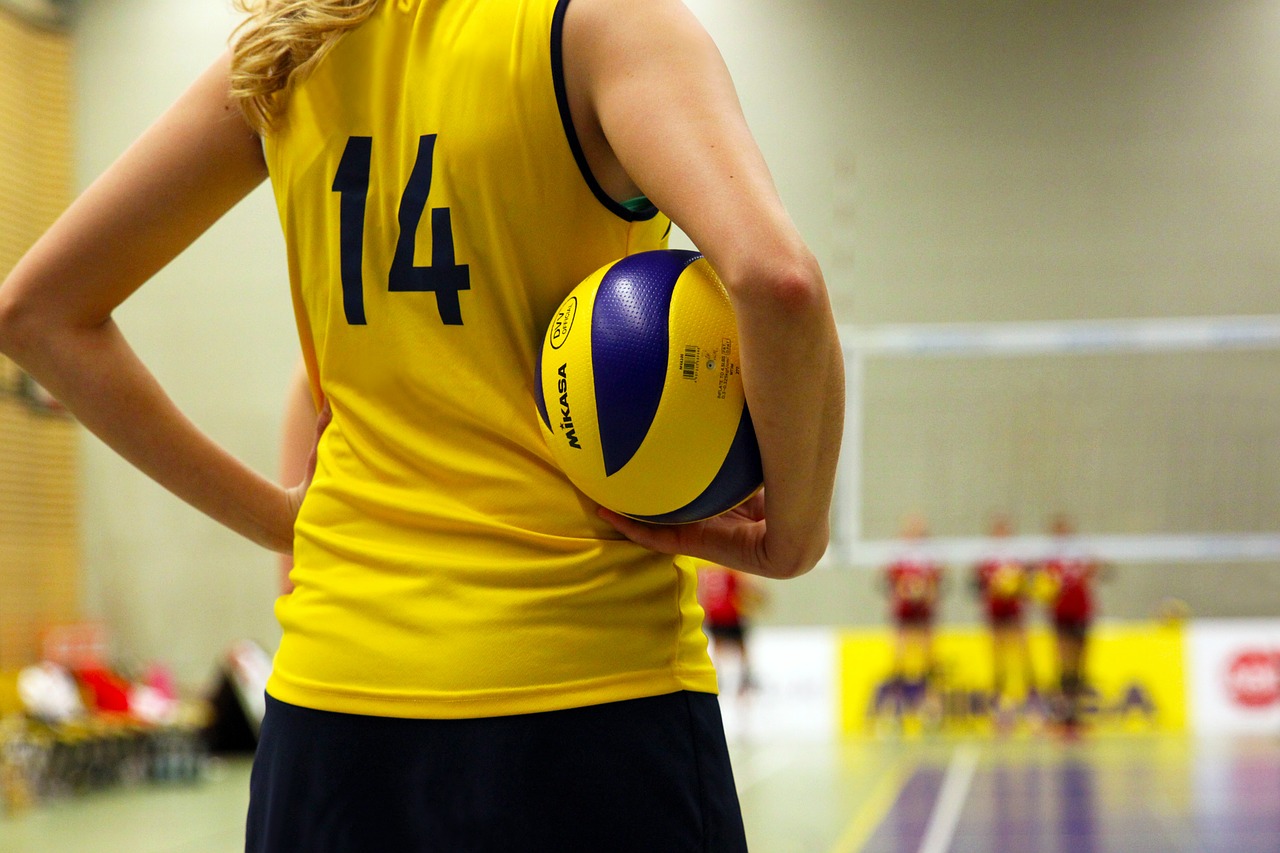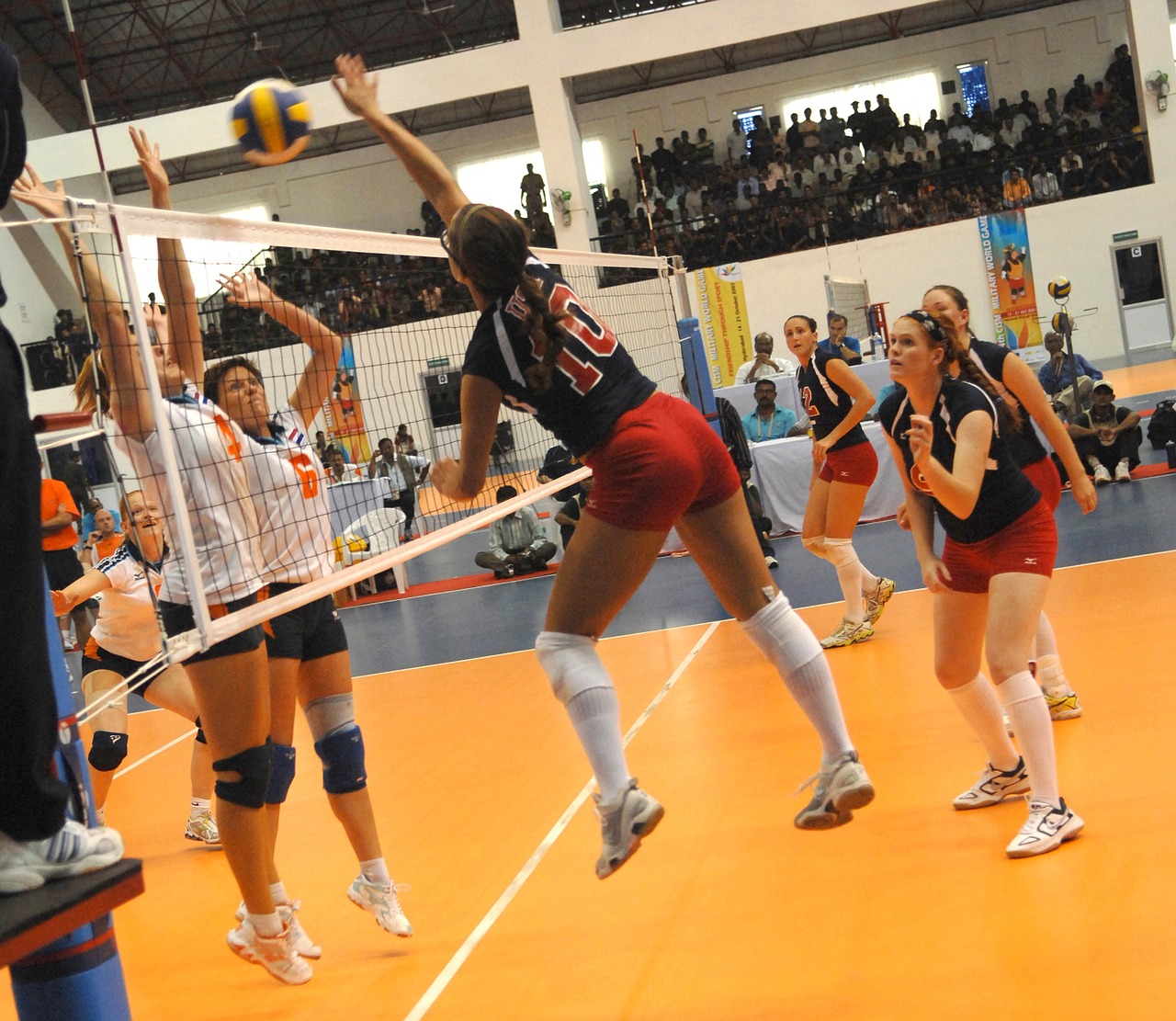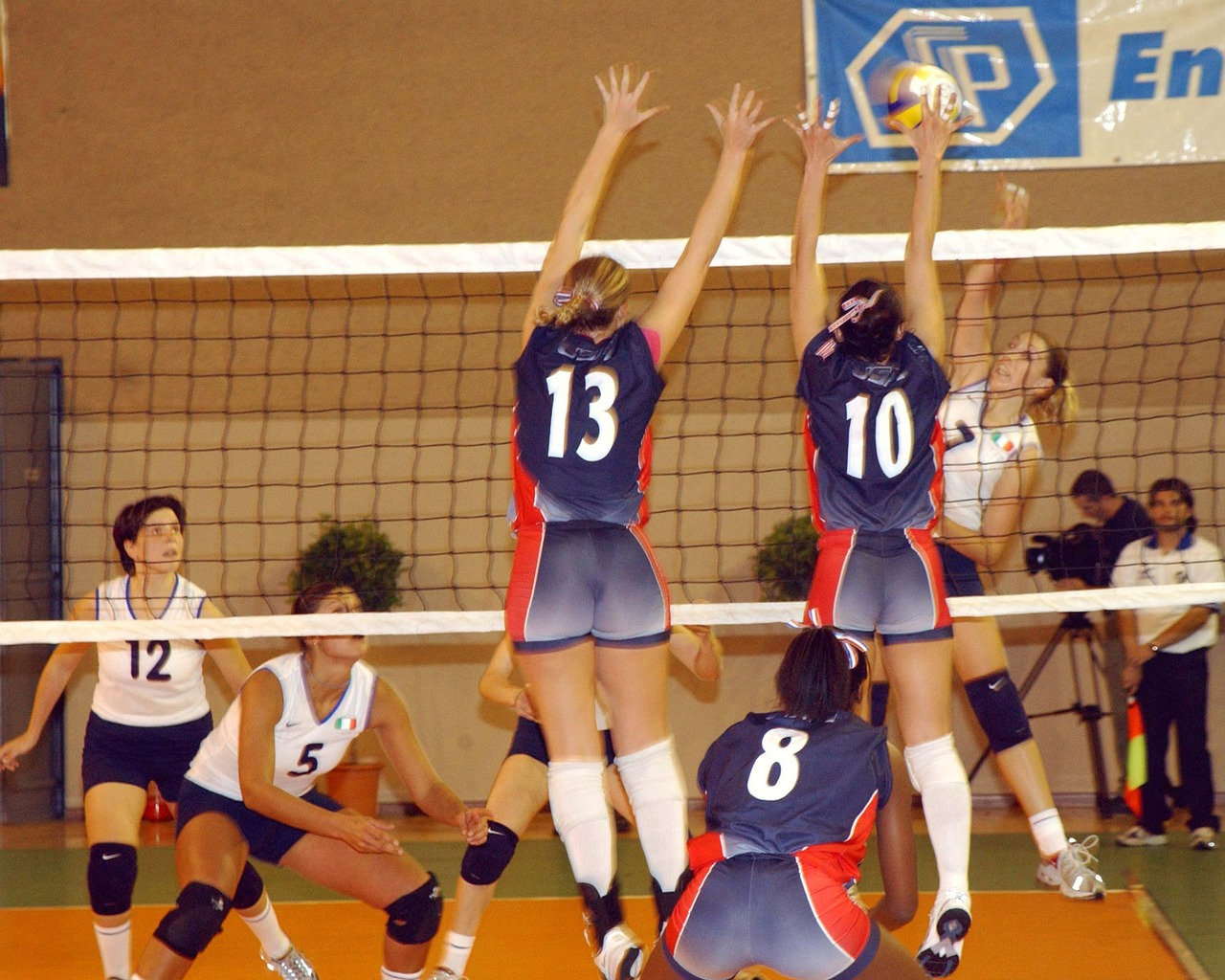
As strength and conditioning coaches, our athletes come into our facilities just to lift heavy weights. Well, that’s their perception, anyway. In their minds, we're all meathead strength coaches who only care about how much weight they can pick up off the ground and we yell at them to go lower when they don’t go deep enough on their squats. What makes us qualified to help them with their injuries? For all they know, we're the ones creating those injuries.
Working in the private sector of strength and conditioning at The Spot Athletics in Columbus, Ohio, there is a scenario I see often:12- to 17-year-old girls playing year-round sports, clubs and high school, without any break. Let’s take volleyball for example. I hear all the time, “If I don’t play club, I’ll never get to where I want to go, and if I don’t play high school, I won’t be any good for club.”
And behold the injuries. Usually the first sentence gets followed up with, “I can’t even get enough sleep with all the homework I have on top of going to my physical therapist three times a week…”
This is a problem.
Being a licensed athletic trainer and strength and conditioning coach, I've been on both sides of athletic injuries. From diagnosis, rehabilitation and strength training, I see a similar patterns among female athletes. Working closely with Division I swimmers and divers back in 2013/2014, back issues stemming from underdeveloped abs, hamstrings, spinal musculature and glutes contributed to the majority of the problems. Working closely with high school volleyball players in the private strength and conditioning sector, the same issues speak true across the board. Most athletic injuries have similar causes.
RELATED High School Strength Training Manifesto
A female athlete who has back problems will face issues for a few reasons and usually none of them have to do with strength training. There are several questions we must ask to determine the cause:
- Do their issues come from practice and incorrect technique?
- Does the athlete have muscle imbalances or structural issues?
- Is it psychological?
- How can we be proactive as educators?
A lot of times, athletes are hesitant to approach these questions. What makes strength coaches even qualified to ask these questions? Compared to their orthopedic doctors and physical therapists, why would the athletes listen to us?
The answer is simpler than you might think: we get the athletes stronger. I've never seen an athlete get worse from correct and smart weight training. Strength gives an athlete a foundation for more explosiveness and speed and can keep athletes healthier.
Strength coaches understand movement. We understand how strength helps prevent injuries while improving performance. What we as strength coaches do in the weight room is controlled. We are in a controlled environment while practice and play are unpredictable. This gives us a huge advantage! Most of all, we know how to make our athletes the best that they can be in the safest way possible.
Practice and Incorrect Technique
It’s our job as strength professionals to educate the athletes' coaches when too much of a good thing can be a bad thing. Too much jumping practice done incorrectly leads to poor jumpers and injured athletes. Let's take volleyball as an example again. If the athletes aren’t strong enough to load their glutes and hamstrings before they jump, they will shift the load to their knees. Athletes don’t know how to land, so they create impact for their low back that they aren’t strong enough to handle. This is a setup for repeated stress and stagnated inflammation. Coaches watch to see how high their athletes jump, but they don't look for quality, an issue we can manage in strength and conditioning sessions by making the athletes stronger.
Several studies from the Journal of Strength and Conditioning have shown that overuse injuries to the knee and back were most often reported and can be successfully treated with resistance training. Given the relatively high forces acting on the knees, ankles and low back in volleyball, weightlifting programs that improve neuromuscular coordination as well as strengthen the connective tissues of the lower extremities and enhance spinal stability can minimize the likelihood of injury (Holmberg, 2003).
Muscle Imbalances and Structural Issues
We must create a strength base in our athletes' posterior chain, especially with females. Females are very quad dominant and are almost always in an anterior tilt. Anterior pelvic tilt occurs when the hip flexors are so tight that they are pulling the hips down, thus elongating and weakening the hamstrings. Posterior pelvic tilt is the opposite. The hamstrings are super tight, elongating and weakening the hip flexors. With that being said, crush athletes with posterior chain work. Work the hamstrings and glutes and incorporate hip mobility into the training session to fix these particular issues.
If you’ve followed Mike Robertson’s writing, he wrote a great article about force couples. The biggest take away from his article was create a strong balance between the hamstrings, hip flexers, abs and low back. He writes, “If your athlete has low back pain, they most likely have poor gluteal function, thus calling forth the low back to do most of the stabilizing.”
Psychological responses to injury from overtraining play a huge factor in the athlete’s mood coming into the weight room. Once the athlete steps foot in your facility, take a step back and observe his or her behavior. You can tell a lot about how athletes are feeling once you see them. Buddy Morris said it best at the elitefts™ Sports Performance Summit. “If your athletes come in laughing, talking and hyper, you know they are ready to lift. If they come in silent and sluggish, you know you aren’t going to get the best out of them that day.”
Coaches should be aware of this. If a group of athletes walks into practice during finals week stressed and tired, those stressors need to be taken into account. If the athletes aren’t focused and are making stupid mistakes, don’t just make them run. Punishing athletes by making them run won’t make them better at their sport. It just adds to their stress and they will eventually break down, creating more opportunities for activity-limiting injuries.
One of the most powerful tools that we carry as strength and conditioning professionals is education. Athletes get told what to do, how to do it and when. Very rarely is it explained to them why they are doing it.
Recently, at The Spot Athletics, we tested a group of senior club volleyball players on the three-step approach to the vertical jump. The girls improved their numbers by quite a bit. It was exciting for me as a young strength coach to see the success in a well-designed training program. It was then that I got to experience firsthand how strength training improved performance. However, one of the athletes approached Nic Bronkall after testing. She had improved results from the previous testing but had hoped for something better. She asked Nic if there was anything she could do at home exercise wise to improve her vertical jump.
“You need to come in here this summer and lift. That is the only way you can add the explosiveness you want to your vertical,” he told her. The girl was almost in tears. She didn’t understand how big of a role strength played until that moment.
It’s important to educate our athletes and let them know that strength will create a foundation for success and injury prevention. Physical therapists and athletic trainers are great and are even better resources, but in strength and conditioning, there is a significant amount of “prehabilitation” work that takes place. This happens by making the athletes stronger through corrective exercises, integrity work and mobility drills that we “meathead strength coaches” know quite a bit about. We aren’t there just to yell at our athletes and push them to injury. We are in this profession to make athletes stronger and better—and keep them that way.
Create a positive environment for your athletes in the weight room from the first time they walk in. It should be a place where athletes know it’s time to work hard and where they feel a sense of accomplishment when they leave for the day. Our athletes should have something to be proud of and look forward to. The weight room shouldn't be feared. Once it’s feared, the likelihood that any real effort will be put in is minimal.
Building that rapport with your athletes is also key. JL Holdsworth told me, “It’s really not about your athletes working hard; it’s getting them to want to work hard for you.” Ever since then, I have taken that learning experience with me and I'm now able to read my athletes better and create an approach with training that doesn’t strictly follow a template.
I realized that I wanted to be a strength and conditioning coach during my time as an intern athletic trainer at a Division 1 university. When I figured out that I wanted to create athletes and fix them at the same time, I knew I had to hit my rehabilitation programs heavy and take them seriously. I was never in the athletic training room. I did most of my rehabilitation in the varsity weight room or outside in the parking lot. Athletes usually associate the athletic training room with negative feelings of being injured, and when I needed to get the most out of them, rehabilitation in the athletic training room wasn't ideal. I wanted them to be in the weight room. They wanted to be in the weight room, and that’s where most of our training took place. I created a positive environment in the weight room so that they wouldn’t feel as if it was a place to get injured but a place to become stronger and faster.
Learn how your athletes move when you see them for the first time. Assess their technique, body awareness and strength. Get to know your athletes, understand their schedules and communicate with them. Lastly, make your athletes want to train. Make them want to work hard for you and you'll create better outcomes in strength, power, speed and, most importantly, injury prevention.
Kayla received her Bachelors of Science from Eastern Kentucky University in Athletic Training. She did her athletic training internship at Western Kentucky University and graduated with a Masters of Science in Sports Administration. During her athletic training internship is where she fell in love with strength conditioning and became more involved in the field. After getting her CSCS and NASM-PES, she moved to Columbus, OH to work as a strength and conditioning coach in the private sector. Kayla interned at EliteFTS in Spring of 2015. Currently, she is a performance coach and client administrator at The Spot Athletics. She still practices athletic training through working for Ohio Health as a contingent. Kayla is also a powerlifter in the 60k weight class and her passion lies in youth through collegiate athletic development.












2 Comments